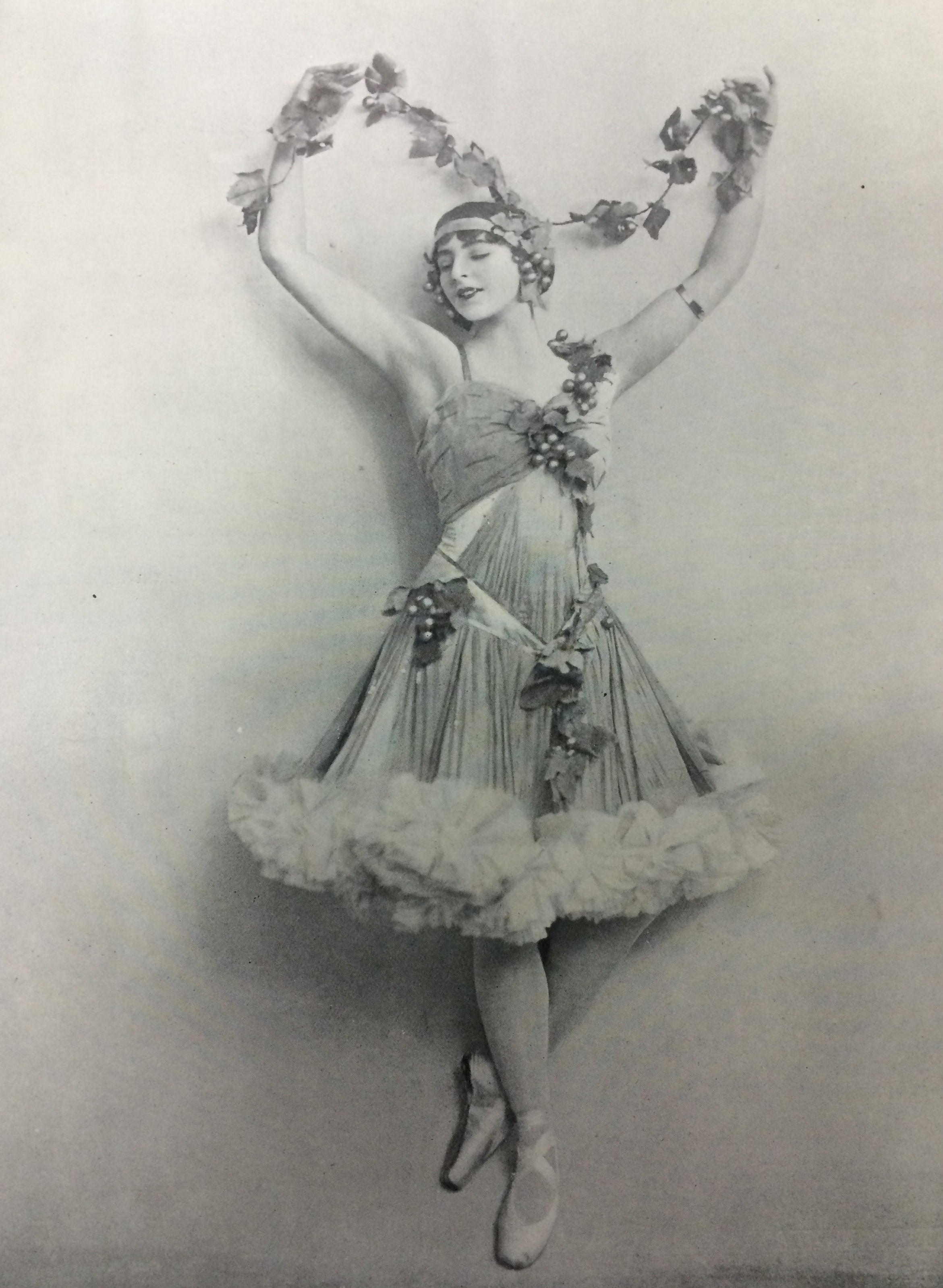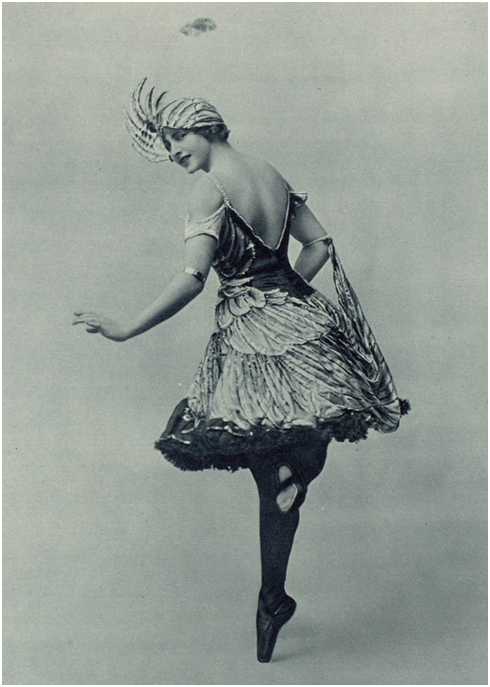In a post inspired loosely by Christmas I thought I’d lead with these beautiful portraits of the Australian dancer Ivy Shilling, photographed by Foulsham & Banfield early in her career. She is seen here in the role of Lady Rosemary Beaulieu in The Miller’s Daughter, the Christmas production at the Prince’s Theatre in Manchester in 1915 – one hundred years ago this month.


Early in her career she danced with fellow Australian Fred Leslie who I believe travelled to England with her. The pair were said to have brought a new style of dance to England in 1914 but they ended the partnership soon after arriving in order to focus on their solo careers. At the Christmas the year before The Miller’s Daughter, Shilling appeared as Pekoe in Aladdin in what was reported to be a ‘charming’ performance. The part of Pekoe doesn’t seem to be included in pantomimes of Aladdin any longer sadly.

In 1916 Ivy and Fred Leslie were reunited in the hugely successful revue Three Cheers which launched Ivy’s career in England. Their dancing received rave reviews, including a number of claims that they repeatedly outshone Harry Lauder and Ethel Levey, the stars of the revue.

A review of Three Cheers in the Lady’s Pictorial wrote: ‘The brilliant dance by Ivy Shilling and Fred Leslie was easily the most popular number of the show. Unfortunately, it happened that [Harry] Lauder and Miss Levey had already come on to the stage while the audience was demanding an encore. One can quite believe that both would have willingly yielded the stage, but it appears to be an iron law of ‘star’-dom that no one may be more popular than the star.’
In 1921 Ivy returned to Australia after eight years away to fulfil a six month engagement, she then returned to London. During the 1920s she worked in Paris, New York and California but suffered a knee injury that stopped her dancing for several years. By 1928 she had recovered and she returned home again to dance in Australia at the start of a world tour. Now 38-years-old, a newspaper described her as ‘a woman with a background of talent, culture and poise. She has the charm and freshness, without the gaucherie, of a young girl, and is in every sense a real personality, sensitive, enthusiastic and happy tempered.’ That tour was to take her from California to Sydney, India, Egypt, the Mediterranean and back to England.

She married a fellow Australian and Harley-street surgeon, John Eugene Ryan in March 1932 when she was forty. For the wedding, held at St James’s Church, Spanish Place, London, she wore a soft blue two-piece suit, collared with brown fur, and finished with a spray of purple orchids.

I’ve not found anything about her career after that but I imagine she was getting to the age at which she would have retired and was perhaps keen to explore life with her new husband. She died in Kensington in 1972.
Ivy was not just a highly respected dancer; she was also a skilled surfer and swimmer when growing up in Australia. It was even reported that she had saved another surfer who was in distress and, although some claimed it was a publicity stunt, she was hailed as a hero.
I’ll be posting more beautiful portraits of Ivy in part 2 of this post.
Hi,
I am researching John Eugene Ryan, the husband of Ivy Shilling and would be so pleased to hear from you.
Hi Stephen,
I didn’t spend much time looking into John when I was researching Ivy. I just did a very quick bit of research into him (I’m sure you may have found these details yourself already), he served with the Royal Army Medical Corps in the Second World War and was promoted to the relative rank of Lt. in July 1940. I believe he was promoted to the equivalent of Captain in 1941. But by June 1941 the ‘Gazette’ announced that he had relinquished his title due to ‘ill-health’.
Best of luck with your research!
Do you have any photographs of her marriage or her husband.
Hi Merrill,
I’m afraid I didn’t come across any when researching Ivy. I wouldn’t particularly have expected to find any images from the wedding or of the couple in newspapers etc but there be something out there. I’ll post on here if I come across anything in the future.
Thanks for reading my blog!
Apologies Merrill, I forgot I had an image of Ivy and John on their wedding day (poor quality unfortuantley) that I found back when I was researching this blog. I’ve added it into the blog now (the last image) so do have a look!
Thanks
I have come across a London School of music medal presented to an Ivy Shilling in 1924. They were presented in London but also in Australia by representatives from the London school of music. I just wondered if it could be the same Ivy Shilling or whether it was a coincidence. I would love to hear your opinion as I do not know if she studied music as well as dancing.